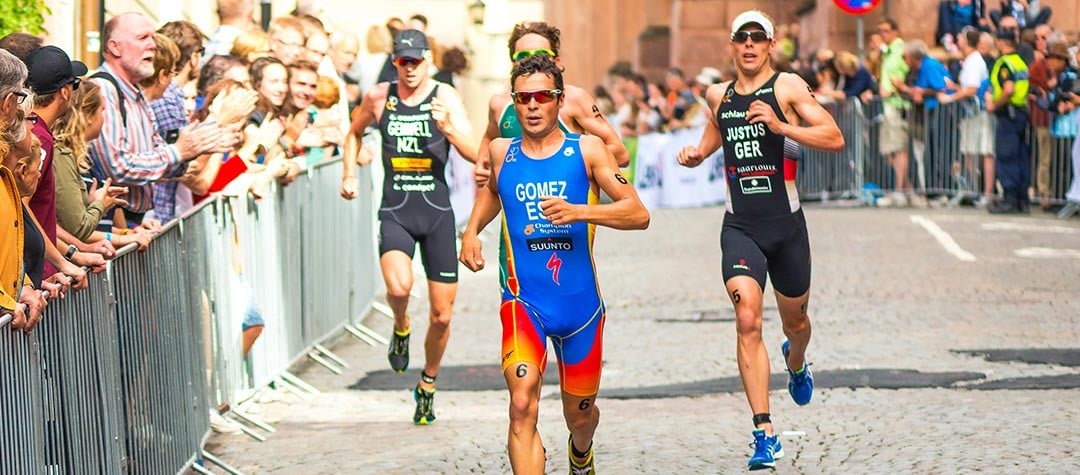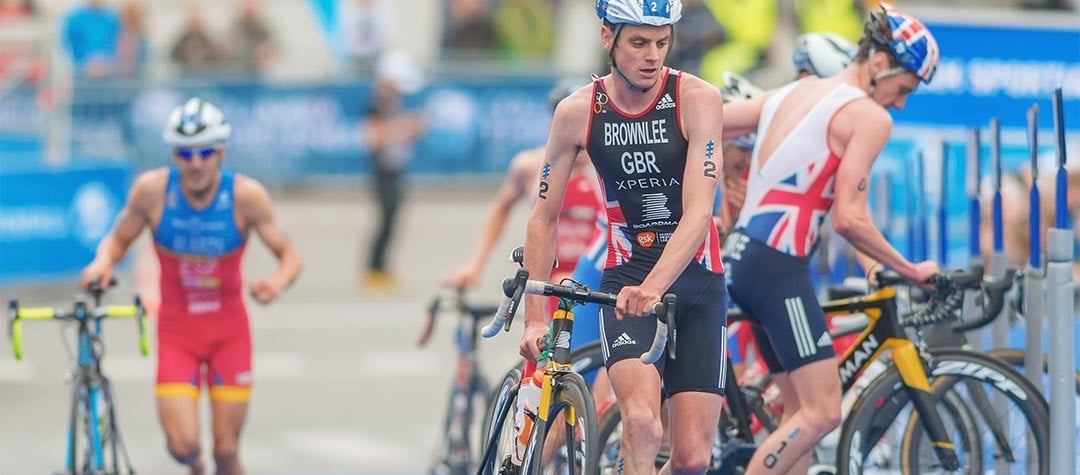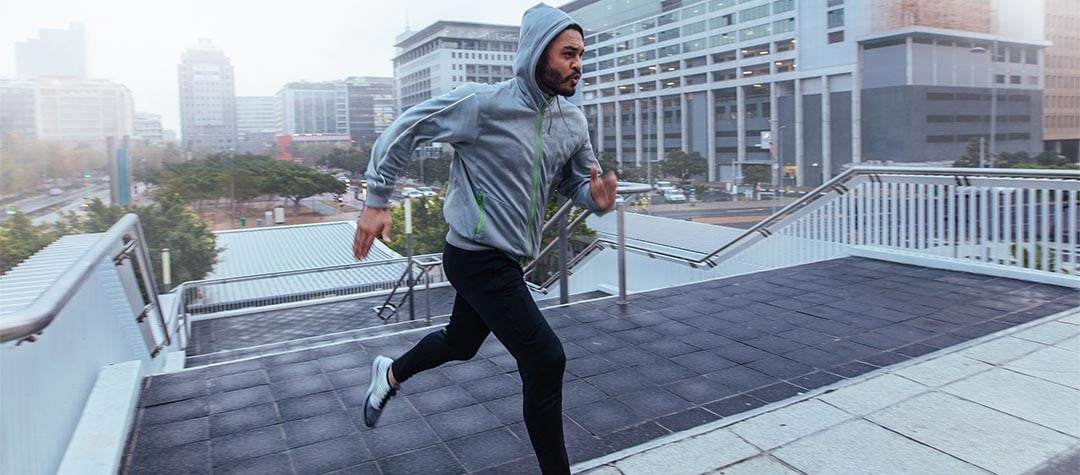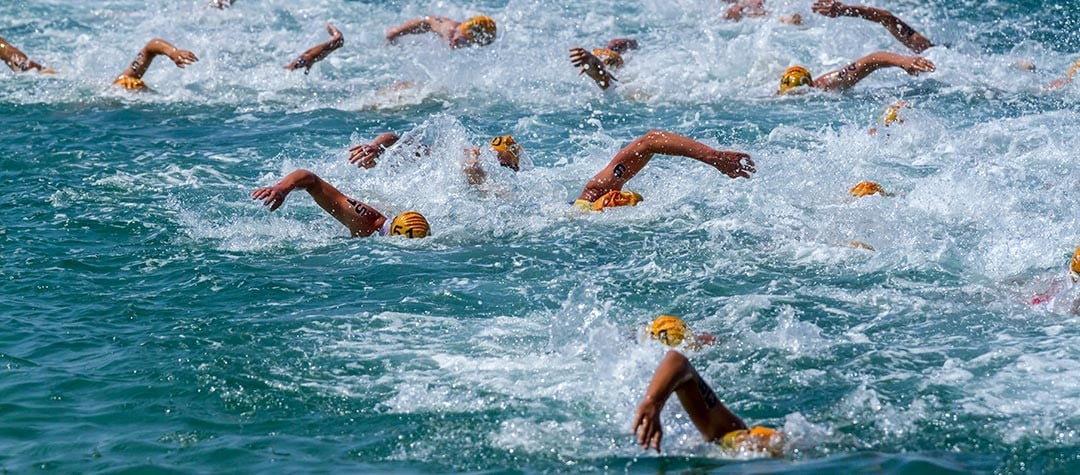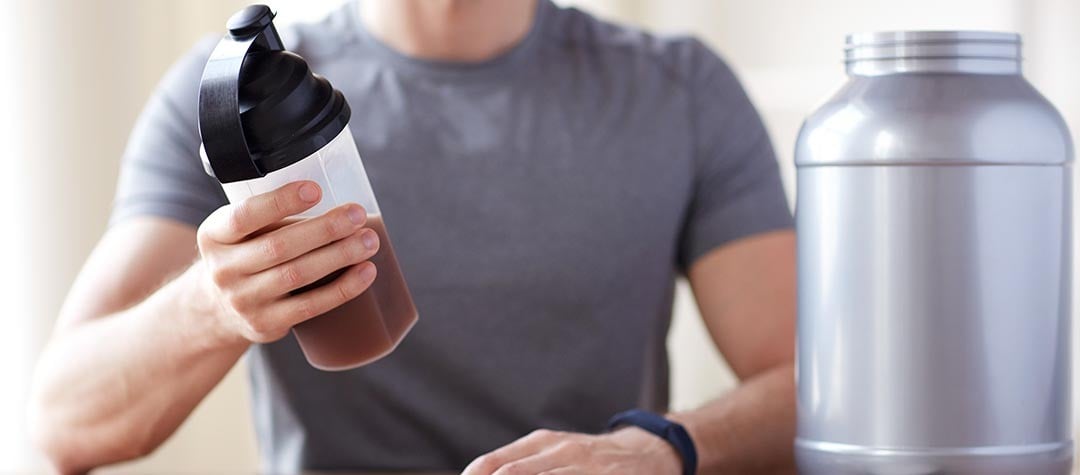Triathlon can be a long day out and the nature of the sport means many things can go wrong for you on race day. Will Clarke runs through some of the common issues that may lead to you having a bad day to hopefully help you eliminate them.
It’s no accident that the best athletes run into far fewer problems that an athlete with less experience. Part of the sport is about limiting the things that can ruin your race performance. Some of the most common issues are listed below with advice on how to avoid them:
Mechanical problems
This is normally the most common problem athletes run into. If you go to an expo it’s amazing the amount of people flapping around trying to fix their bikes in time for the start!
Before you start a race I’d always advise having your bike completely checked over by a professional. Are the tyres in great condition? Are your gears running smoothly? Chain been replaced semi recently? Breaks not touching? Bolts all tight enough?
There is no point in being in peak shape to end up standing on the side of the road holding your bike. If you don’t mind carrying them then it can be worth taking some spares, especially for the longer events on dodgy road surfaces.
Getting hit in the swim
This is a problem that many beginners struggle with in the swim and it’s all part of the experience. When you put 500+ people in a lake together with a turn after a few hundred metres then it’s going to get frantic!
The first thing I’ll say is that if you’re getting hit on the head then it means you’re in the mix so that should be celebrated! Some people don’t mind it and for them I’d say get stuck in and hold your own.
If you’re nervous about traffic in the swim then start on the outside of the field where it’s less densely packed and also take a slightly wider line around the first buoy.
If you’re nervous about traffic in the swim then start on the outside of the field where it’s less densely packed and also take a slightly wider line around the first buoy. Don’t panic if you get clobbered over the head, it may shock you a bit but would rarely actually hurt you so relax and and roll with it, give them a push away!
Be more concerned about following someone’s feet and getting kicked in the race, and for this I’d say drop back and give the swimmer in front some room at the turns. If you do get too close use your arm to block their feet and your face.
Navigating the course
I’ve made this mistake a few times I hate to say, and even though they were big events and should probably have been barriered off more effectively, it’s been my fault, as ultimately it’s up to me to know the course. The longer races are harder to marshal so it’s even more crucial to know where you’re going.
It helps to study the map at the very least, but even better to cycle the course or drive round. It’s amazing how much more you can also get from yourself if you’re familiar with what’s coming up around the corner.
Blowing up
Nutrition is very crucial to triathlon performance, especially if the race gets longer. If you’re competing for 1-2hrs then you can get away with a few gels and some isotonic drink, however if you are racing longer then you should make sure that you have a nutrition strategy.
I’d usually advise 1 gel every 30mins and up to 750ml of isotonic an hour.
I’d usually advise 1 gel every 30mins and up to 750ml of isotonic an hour. In the days before also be careful what you eat. Avoid foods high in fibre as this is more likely to give you gastro-intestinal issues mid race. Instead eat plain foods with few ingredients. Carbo loading is helpful but you don’t have to go to the extremes that some people suggest.
Cramps and stitches
Cramps and stitches are more likely to give you problems in the latter portions of the race. To combat this perhaps take some sodium tablets or eat some sodium rich foods in the lead up to the race. With stitches try to ignore it or massage it out and it should pass quite quickly.
Finding your bike in transition
In the bigger races sometimes it can be a struggle to remember where your bike is. When you’re setting up your bike have a look around and try to find a landmark to navigate you to your ride, for example a flag or a tree.
When you come out the swim you can just aim for that point where your bike will be waiting for you. It also helps a lot if you have a practice jog through the transition area, so second time round you’ll find your bike much easier to spot.











